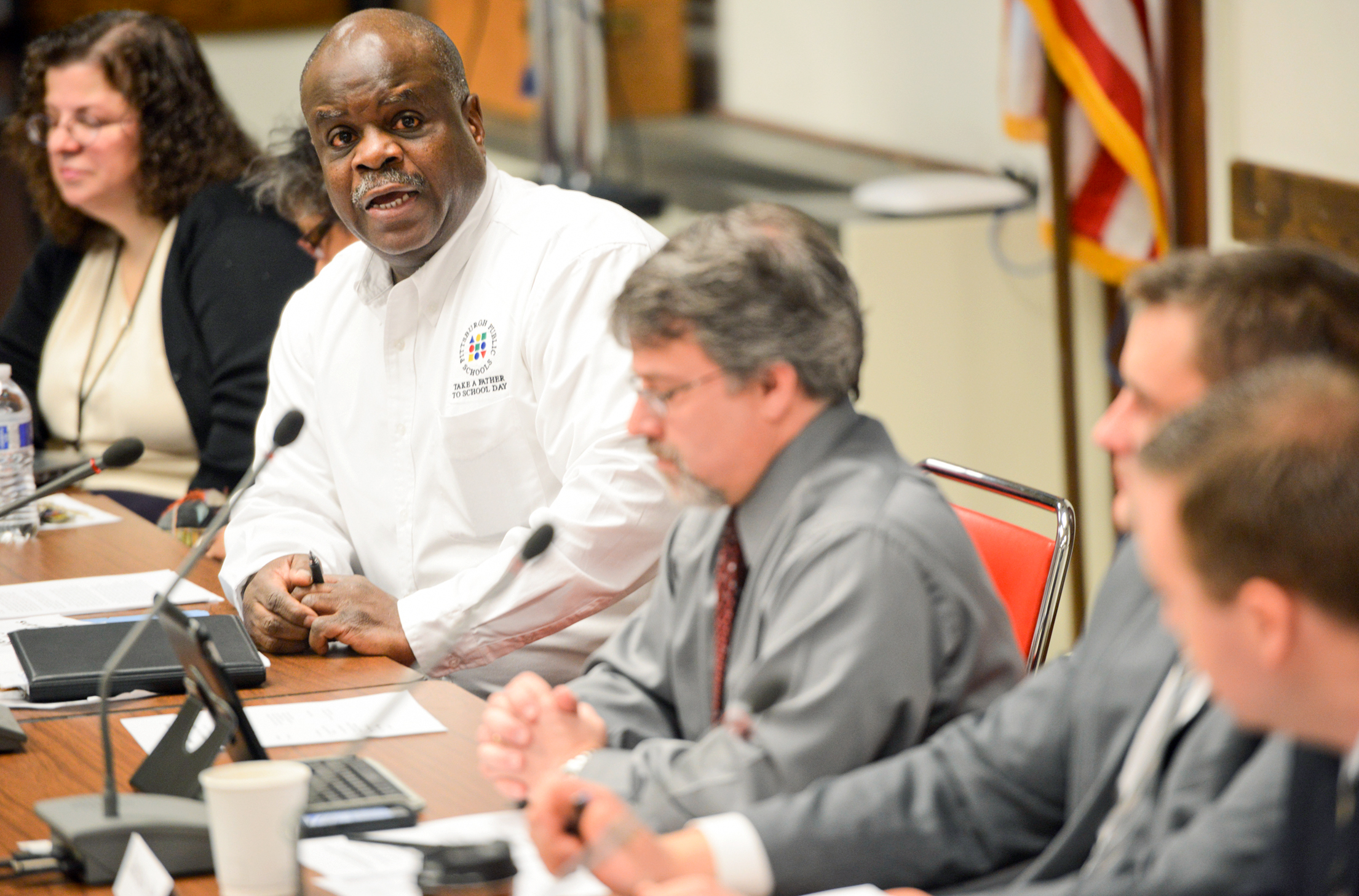As usual, voting closes Friday at noon.
Student #1 has left a new comment on your post "Carrie Cracknell Adds a 21st-Century Flavor to Ibs...":
I wish this article had been more explicit about what the director plans on doing to connect the feminist issues in the play to today's audiences. I agree that the themes in "A Doll's House" are still very relevant today, but that Nora leaving her husband and children doesn't quite have the same impact nowadays. Even if Cracknell directs the play with those thoughts in mind, how different can it really be? The article mentions Nora using her sexuality to influence the men around her and the hyper-sexualized tarantella scene, but both of those elements are already very much present in the text itself. I would definitely like to see this production to know how the director approached her goal of making "A Doll's House" more relevant to today's women.Student #2 has left a new comment on your post "Did a Studio Lengthen Margot Robbie’s Legs for The...":
I don't think I'm as strongly opposed to this as many people on the blog. In something like a magazine shoot or an interview, I do feel opposed to the amount of photoshopping used, especially when it's at the point of completely distorting someone's body. But The Wolf of Wall Street isn't meant to be showing the audience Margot Robbie, its showing us a character. Lena Dunham talks all the time about techniques she uses when filming Girls to distort herself and make herself look heavier and her body more awkward. This isn't about the woman's body, its about the character. The film is meant to capture a very specific world and honestly, as an audience member its unlikely that her legs looking microscopically longer than they already do is going to impact your own body image. In situations where media is aiming to capture real women, I do think there should be more of an effort towards actually having women look like themselves. But this is for a piece of art, and the standards are therefore different.Student #3 has left a new comment on your post "Can art ever compete with football?":
While I think this is an interesting point to bring up, the tone of the article comes across, to me at least, as an arts writer whining about the perks of being a sports writer. Some of the comments in the article point out the differences between the NFL, which is a 501(c)(6) organization, and a 501(c)(3) arts organization, namely the latter being able to solicit tax-deductible donations and the former is ineligible for foundation grant-type things.Student #4 has left a new comment on your post "If portrait video is wrong, these artists don't wa...":
Rather than a productive, "What are we as an industry going to DO about the ubiquitousness of football compared to the relative jargon-sounding arts world", the article feels to me as if it's saying, "Why does everyone like football instead of the arts! I want to write about a popular thing and have it also be arts related and look at these bone-headed editors who don't UNDERSTAND ART AND CULTURE!."
I understand how frustrating inequity can be, but perhaps we as an industry should look to football and other professional sports for ideas about self-promotion. Sports fans seem to dig a good underdog story, and there seems to be enough meat here to spin this as one.
I really appreciate how though out the artists have been in developing their project. They have found exquisite venues, adapted a projection system to fit their needs, and they even thought to let the front rows have pillows so they don’t have to “crane their necks”. It sounds like a really cool project and I would love to see it in person. I like that they make it clear they aren’t trying to change the world of cinema but rather provide a new opportunity or paradigm. I also love the images of the project; the scale is overwhelming and the color is so vibrant. I was also surprised at first that they are using a film projector rather than a digital projector but it’s really impressive that they have committed to that format.Student #5 has left a new comment on your post "Legalized Impairment and What Employers Can Do Abo...":
While marijuana is legal in Washington and Colorado, and the legal ramifications of showing up to work high is a grey area, I believe that it's a respect thing. Being high while doing your job isn't just disrespectful to your profession, but it's dangerous. Studies have shown that driving under the influence of marijuana is dangerous to both yourself driving and the other motorists on the road. That being said, if you really value your job, you shouldn't show up stoned. Furthermore, while I support marijuana being recreationally legal, I also support it just being that: recreational. Something you can do in your free time, and not while you're working. You can't smoke cigarettes while you're working (albeit because of different reasons), but it's on the same lines. You're not getting paid to be stoned.












